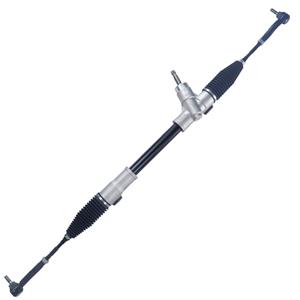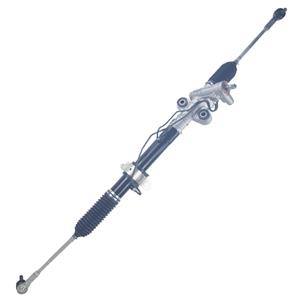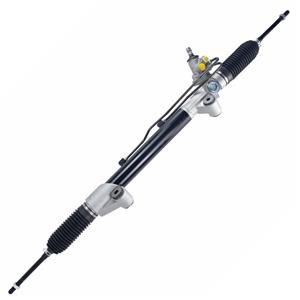When did BMW introduce power steering?
BMW, as a world-renowned automobile manufacturer, is famous for its exquisite craftsmanship, precise control and luxurious design. As an indispensable part of modern cars, power steering systems not only improve driving comfort, but also significantly reduce the physical exertion required by the driver when controlling the vehicle. As a leader in the automotive industry, BMW has a profound history and technological accumulation in the introduction of power steering technology.
So, when exactly did BMW introduce power steering? This article will explore in detail the history of BMW’s evolution in this area of technology.

The Origin of Power Steering
Before discussing BMW's power steering technology in depth, it is important to understand the basic principles and development history of power steering systems. The core function of the power steering system is to reduce the driver's force required to turn the steering wheel through hydraulic or electric means, thereby improving the vehicle's handling performance. Traditional mechanical steering systems rely entirely on the driver's manual operation. When controlling heavy vehicles or driving at low speeds, the driver often needs to exert greater force. To address this challenge, automakers began introducing power steering technology in the mid-20th century.
The earliest power steering systems appeared in the late 1930s and early 1940s, and were first introduced by American automobile manufacturers. Although BMW was not the first brand to introduce this technology, it played an important role in the development and promotion of this technology, especially in the field of luxury and high-performance cars.
The historical background of BMW’s introduction of power steering system
BMW's history can be traced back to 1916. It started by producing aero engines and then gradually expanded to the manufacturing of motorcycles and cars. In the 1950s, BMW began to pay attention to the luxury car market and continued to innovate on the road to continuously improve vehicle performance and driving comfort.
With the technological advancement of the automobile industry, especially the recovery of the automobile market after World War II, power steering technology has gradually become a standard feature of luxury cars and high-end models. BMW realized the importance of this trend and began to consider adding power steering systems to its models to improve the competitiveness of its cars in terms of handling and comfort.
BMW officially launched power steering systems on its cars around the end of the 1960s. During this period, BMW's goal was to create a car that was both sporty and luxurious, and power steering technology was one of the important technologies to achieve this goal.
When did BMW introduce power steering?
BMW's first model equipped with a power steering system was the BMW E3 launched in 1968, also known as the "BMW New Six" series. The E3 series is a model launched by BMW to enter the high-end luxury sedan market, aiming to compete with luxury cars such as the Mercedes-Benz S-Class. The E3 series not only performs well in terms of power, but its design is also quite contemporary, and the introduction of a power steering system further improves its control comfort.
The power steering system of the E3 series adopts hydraulic power steering. This system provides power to the steering through a hydraulic pump, allowing the driver to turn the steering wheel more easily when driving at low speeds or parking, thereby reducing the fatigue of steering operations. Compared with traditional mechanical steering systems, hydraulic power steering greatly improves the driver's driving experience, especially on increasingly congested urban roads.
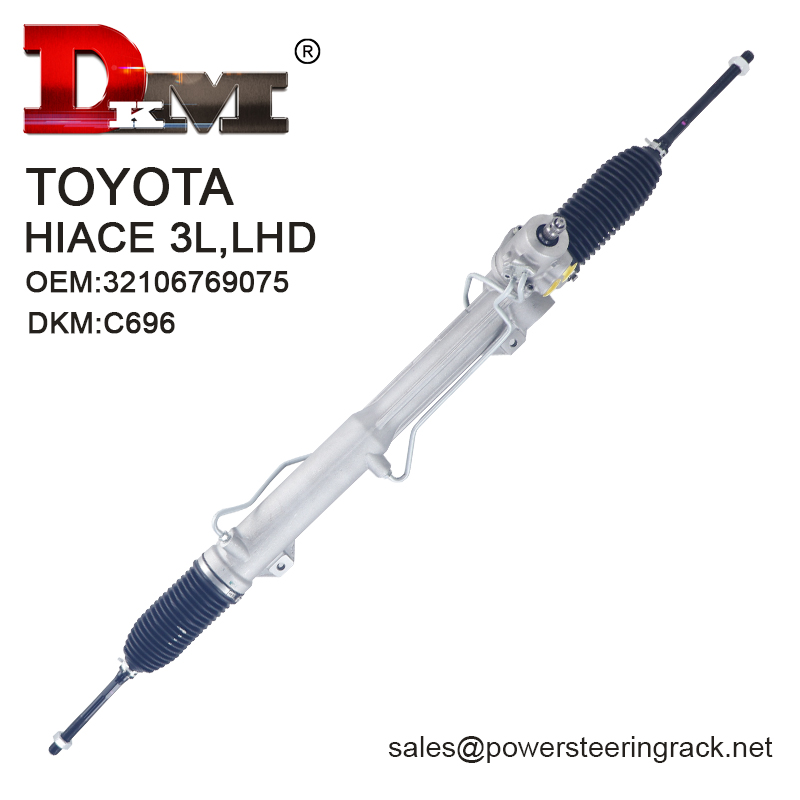
The development and evolution of BMW power steering system
Since the E3 series was first equipped with a power steering system, BMW has continued to improve and optimize this technology in the following decades to adapt to different models and market needs. The power steering system has gradually evolved from the earliest hydraulic power steering system to the more intelligent and efficient electric power steering system (EPS).
1. Hydraulic power steering system (HPS): In BMW models from the 1960s to the 1990s, the hydraulic power steering system was the mainstream configuration. The working principle of this system is that the engine drives a hydraulic pump, which delivers hydraulic oil to the steering gear to provide power for steering operations. Although the hydraulic power steering system can significantly reduce the driver's operating burden, it relies on engine power and therefore has certain deficiencies in fuel economy.
2. Electro-hydraulic power steering system (EHPS): In order to further improve efficiency, BMW gradually introduced the electro-hydraulic power steering system from the late 1990s to the early 2000s. This system is based on traditional hydraulic power steering and uses an electronic controller to adjust the size of hydraulic assist, making the steering operation more flexible and intelligent. The introduction of the electro-hydraulic power steering system not only improves the response speed of the steering system, but also improves fuel economy.
3. Electric power steering system (EPS): With the advancement of technology, BMW began to gradually transition to electric power steering system in the early 21st century. Unlike the hydraulic system, EPS relies entirely on electric motors to provide power for steering, without the need for hydraulic pumps and hydraulic oil. This not only reduces the load on the engine, but also significantly improves the system's energy efficiency and accuracy. In addition, the electric power steering system can adjust the power assist in real time according to the vehicle's driving speed, road conditions and steering angle, thereby providing the driver with a more precise control feeling.
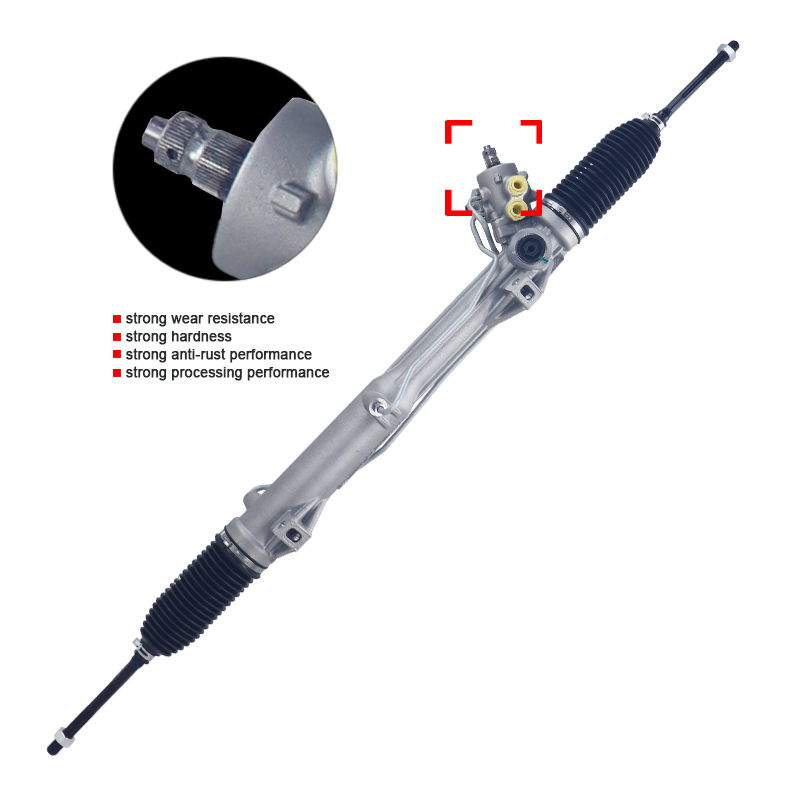
Innovation and optimization of BMW power steering system
BMW is not only at the forefront of the introduction of power steering technology, but has also made many innovations and optimizations in this field. For example, BMW has developed a variable power steering system (Servotronic), which can automatically adjust the amount of steering power according to vehicle speed. When driving at low speeds, the system provides greater power assistance so that the driver can easily control the vehicle; while when driving at high speeds, the system reduces power assistance to enhance the driver's sense of control over the vehicle.
In addition, BMW has also launched an active steering system (Active Steering), which can further improve the vehicle's handling performance and safety by adjusting the front wheel angle. The active steering system is particularly suitable for high-speed driving and curved driving, and can provide the driver with a more precise steering experience.
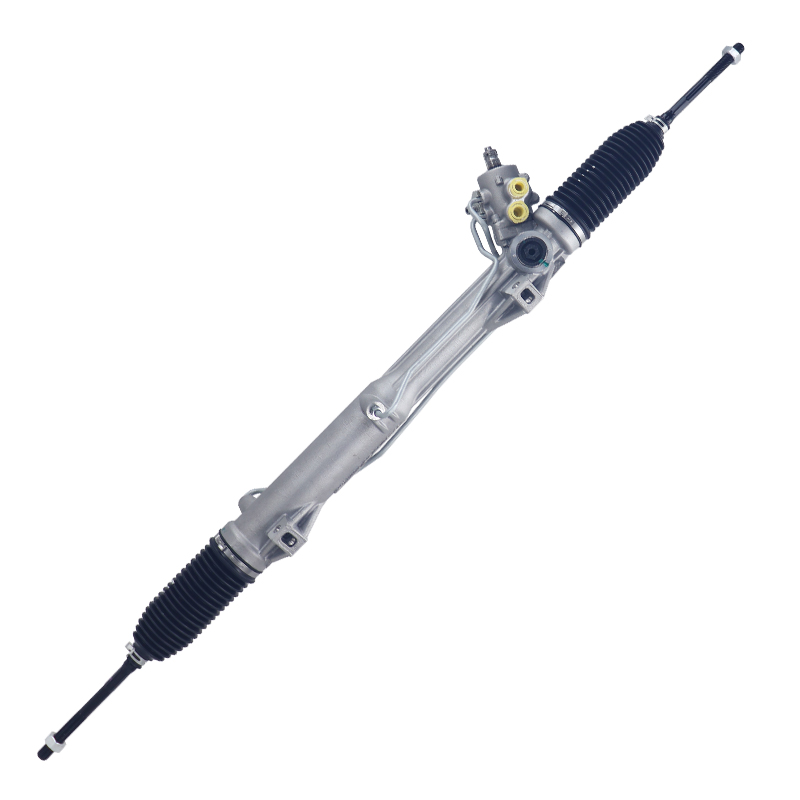
What are the advantages of BMW power steering?
The introduction of BMW's power steering system not only improves the driving comfort of its models, but also greatly enhances the vehicle's handling performance. Compared with traditional mechanical steering systems, power steering systems can significantly reduce the driver's operating burden, making it easier to drive and park at low speeds. With the continuous advancement of technology, BMW's power steering system has also been greatly improved in terms of accuracy, response speed and energy saving.
1. Control comfort: The power steering system makes it easier for the driver to control the steering wheel, especially when driving at low speeds and parking. For luxury car owners, a comfortable driving experience is their focus, and power steering is one of the key technologies to achieve this goal.
2. Control accuracy: With the introduction of electronic control technology, BMW's electric power steering system can automatically adjust the power assist according to different driving conditions of the vehicle, thereby providing the driver with a more precise control feeling.
3. Energy saving: Compared with the traditional hydraulic power steering system, the electric power steering system no longer relies on engine power, so it performs better in improving fuel economy.


